The best full-frame compact cameras: a short list, but a great one!
These pocket-size cameras boast a full-frame sensor so there's no need to compromise on size or quality
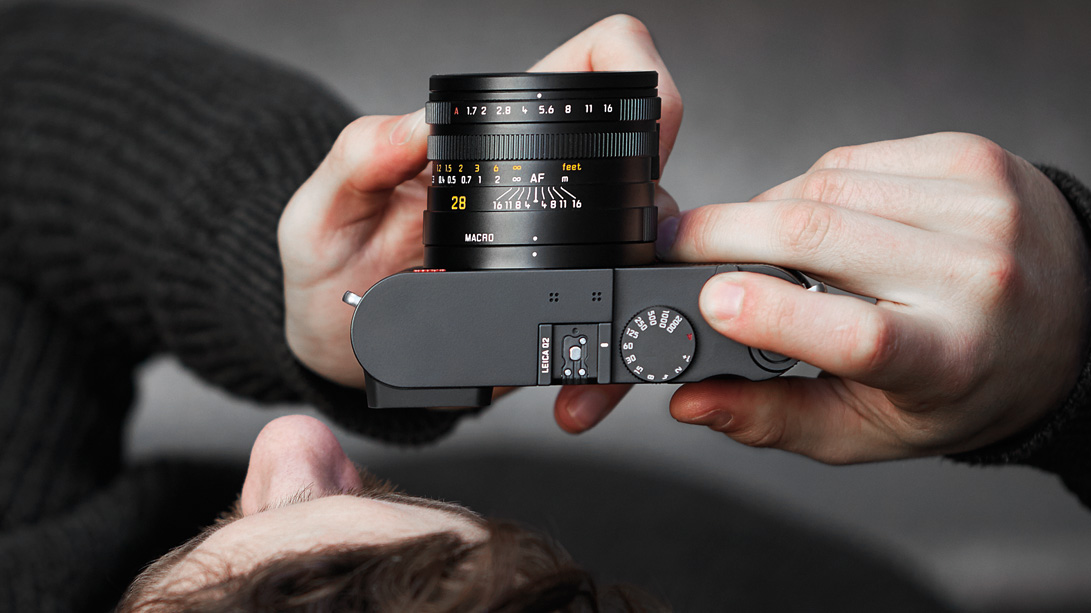
The best full-frame compact cameras are for those time when an APS-C sensor just won't cut it. Marrying unbeatable image quality with the convenience of a compact, these cameras really do provide the best of both worlds – though it is not a combo that comes cheap.
If you're looking for an affordable compact camera, we're going to stop you right here and suggest you check out our list of the best APS-C compact cameras. The cameras in this guide are so specialized and premium that owning one will only be a dream for some. But, money no object? Invest in one of these, and you’ll have a camera that is simply a delight to use.
Most manufacturers don't even bother making full-frame compact cameras. There are only two companies on our list – Leica and Sony – and the latter hasn’t released a new model in this category in years. None of the models here is in contention to make our list of the cheapest full-frame cameras, that's for sure.
These exclusive cameras are not only pricey, but hefty too; they're very much compact in name only, meeting the definition because of their fixed, non-interchangeable lenses. But if only the best compact camera will do, one of these pocket powerhouses is for you.
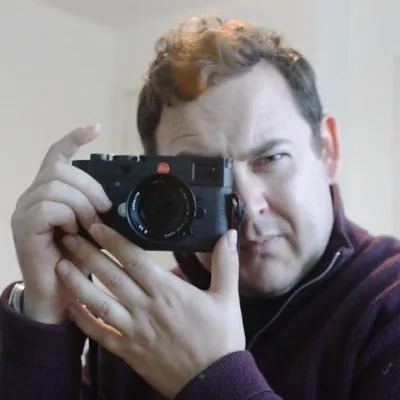
For nearly two decades Sebastian's work has been published internationally. Originally specializing in Equestrianism, his visuals have been used by the leading names in the equestrian industry such as The Fédération Equestre Internationale (FEI), The Jockey Club, and Horse & Hound.
He spends his spare time using his trusted Leica M-E or Leica M2 shooting street photography or general life as he sees it, usually in black and white.
The Quick List
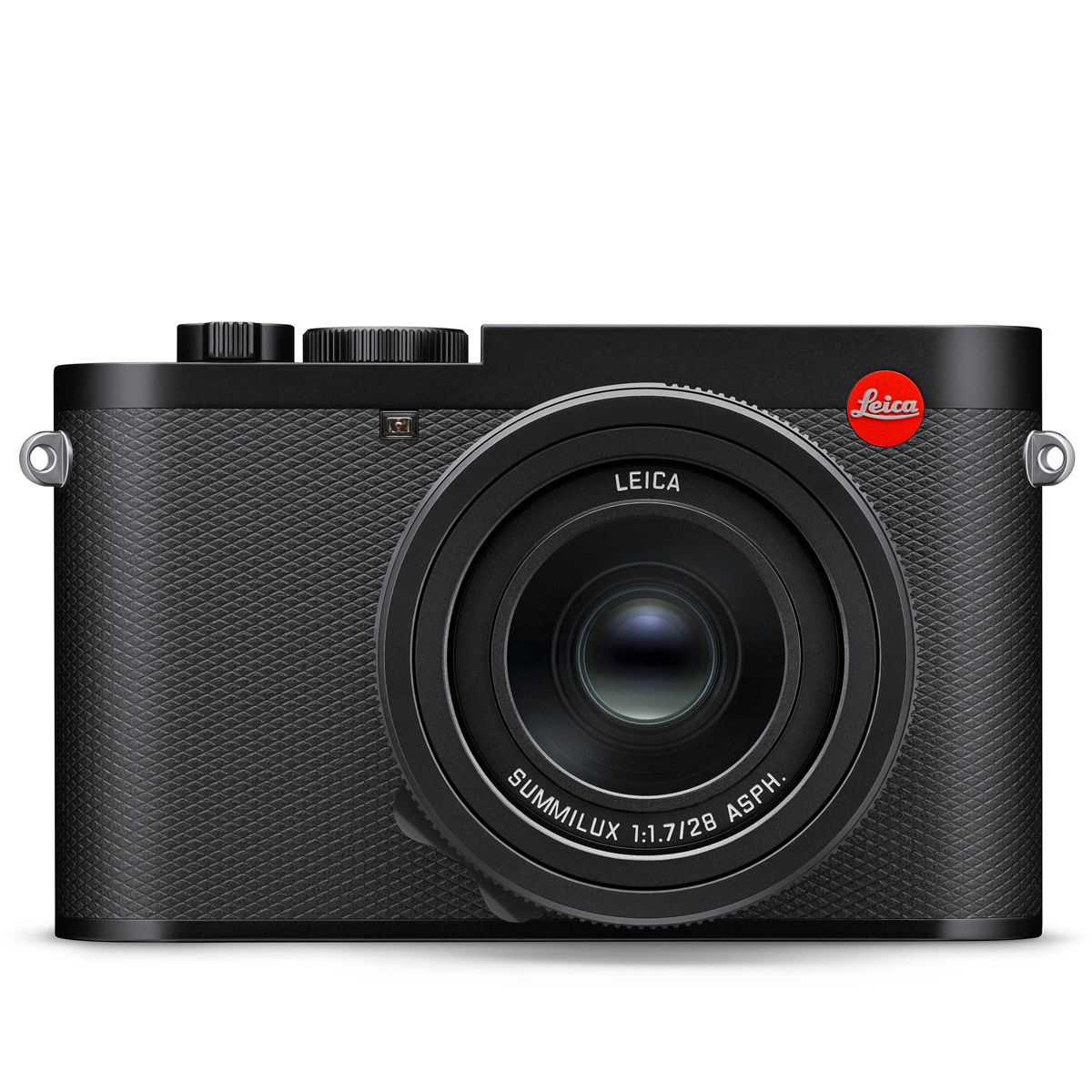
The Q3 ups the ante on the Q2 by providing a 60MP image sensor, a digital crop function and high-res 8K video capture. Read more below…
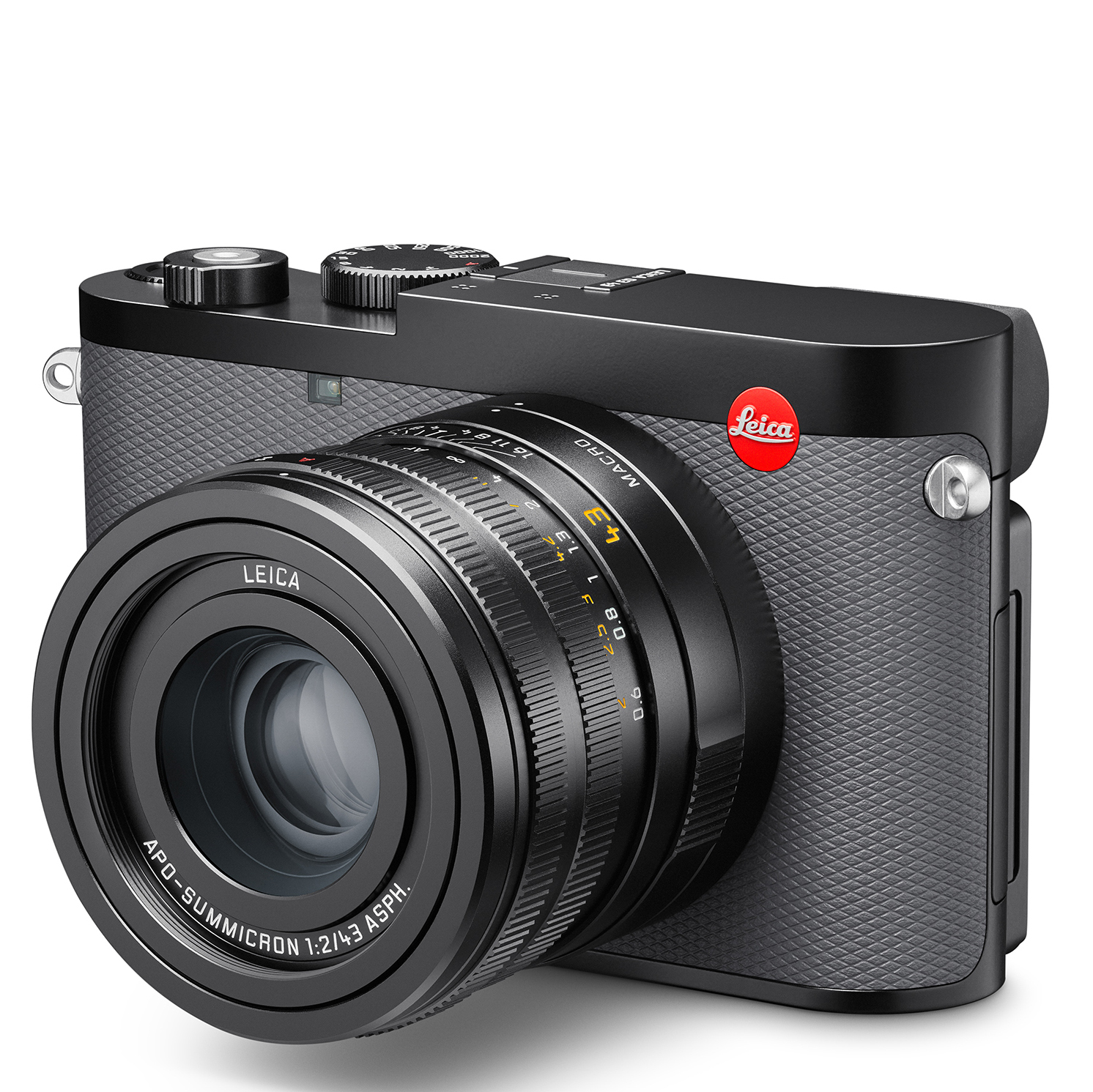
The latest Leica has a longer less-wide 43mm lens than any other in the Q range, and has a 60MP sensor.
Read more below…
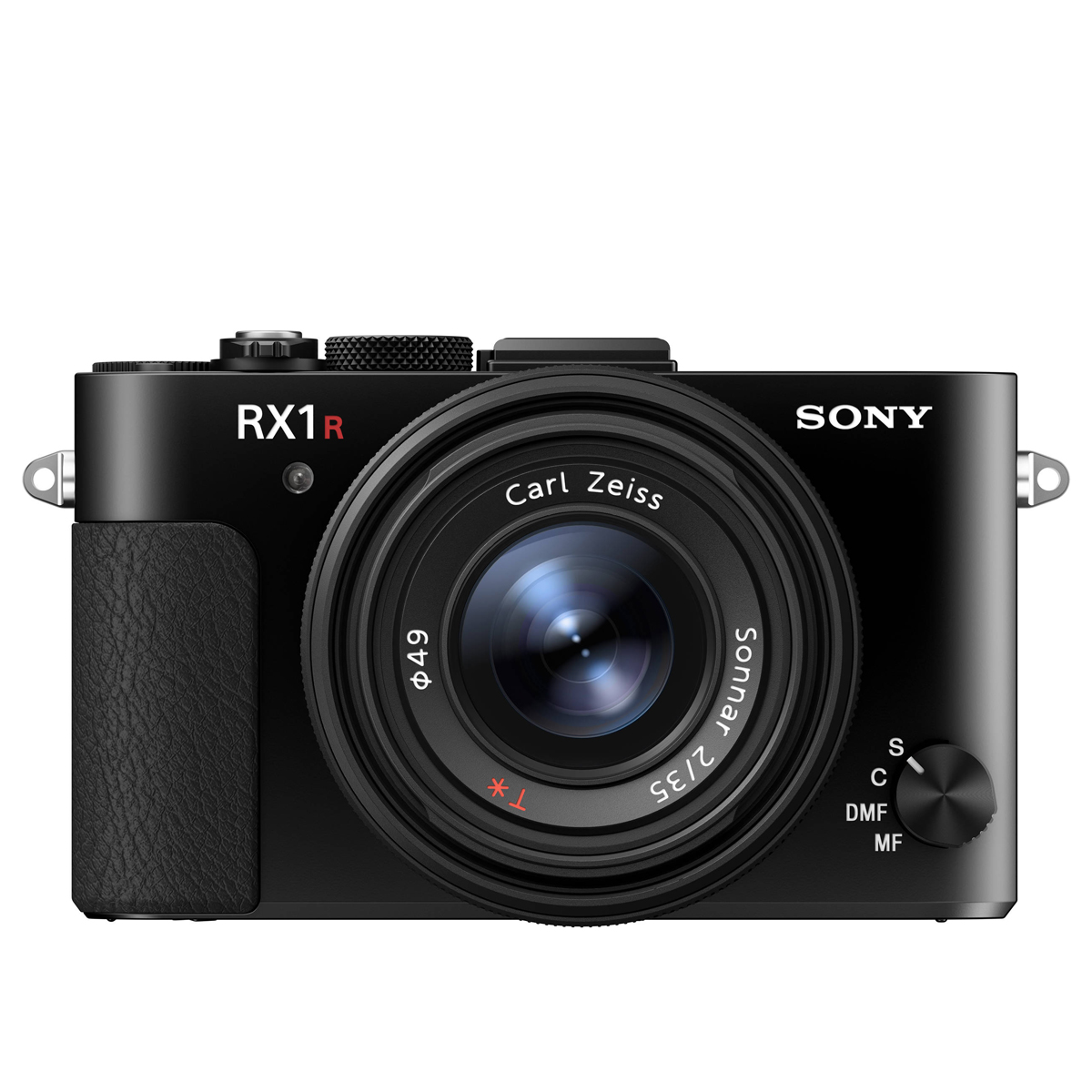
It may be a bit long in the tooth now, and only available secondhand, but this compact still offers compelling technology, including a 42MP sensor and variable moiré control. Read more below…

The Reporter is a Q2 built in the tradition of Leica reportage, with a hard-wearing camera body that ages beautifully. Read more below…
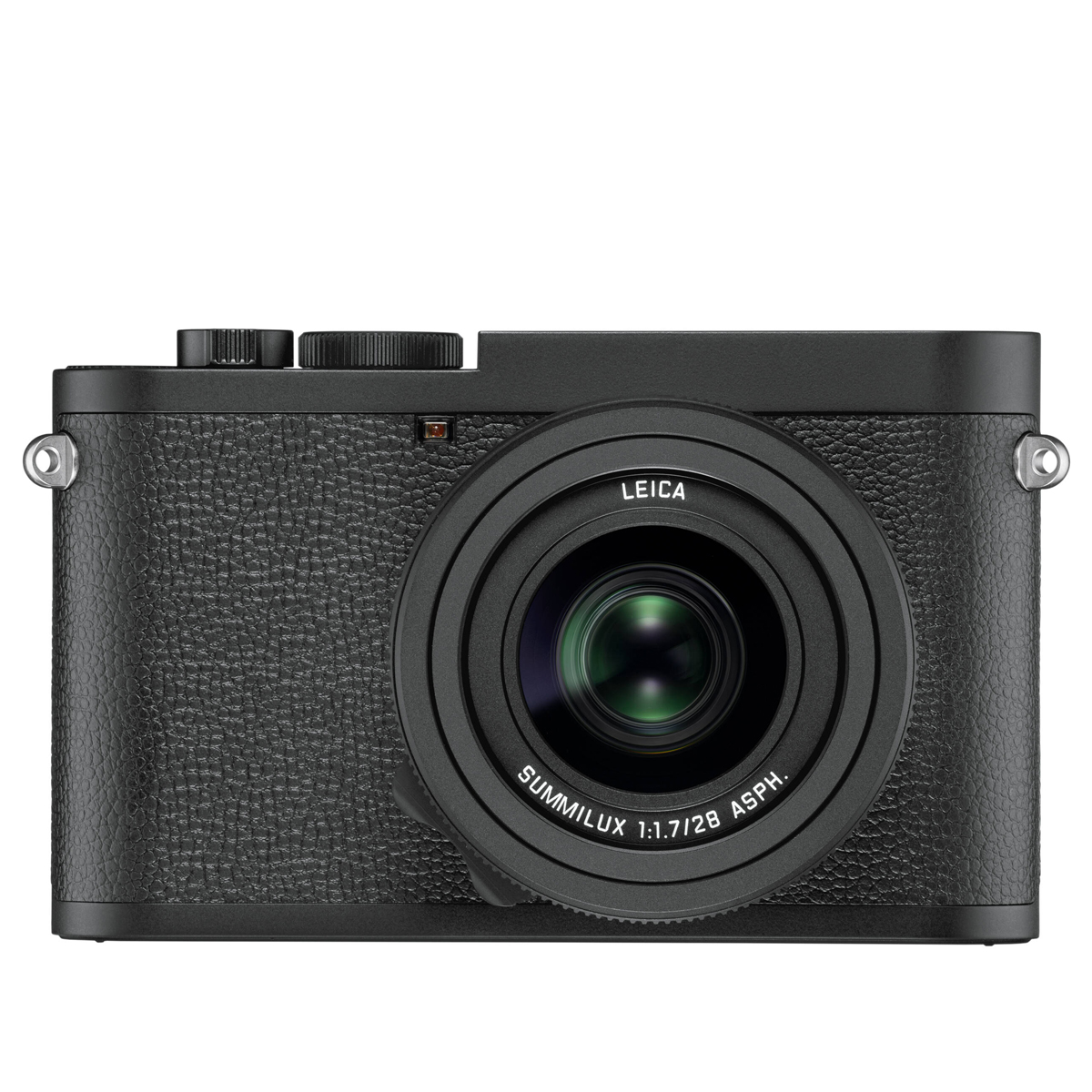
The Monochrom is a Q2 that shoots only in black and white – no color is recorded. But its monochrome images are remarkable. Read more below…
Best full-frame compact cameras
Why you can trust Digital Camera World
Best full-frame compact camera overall
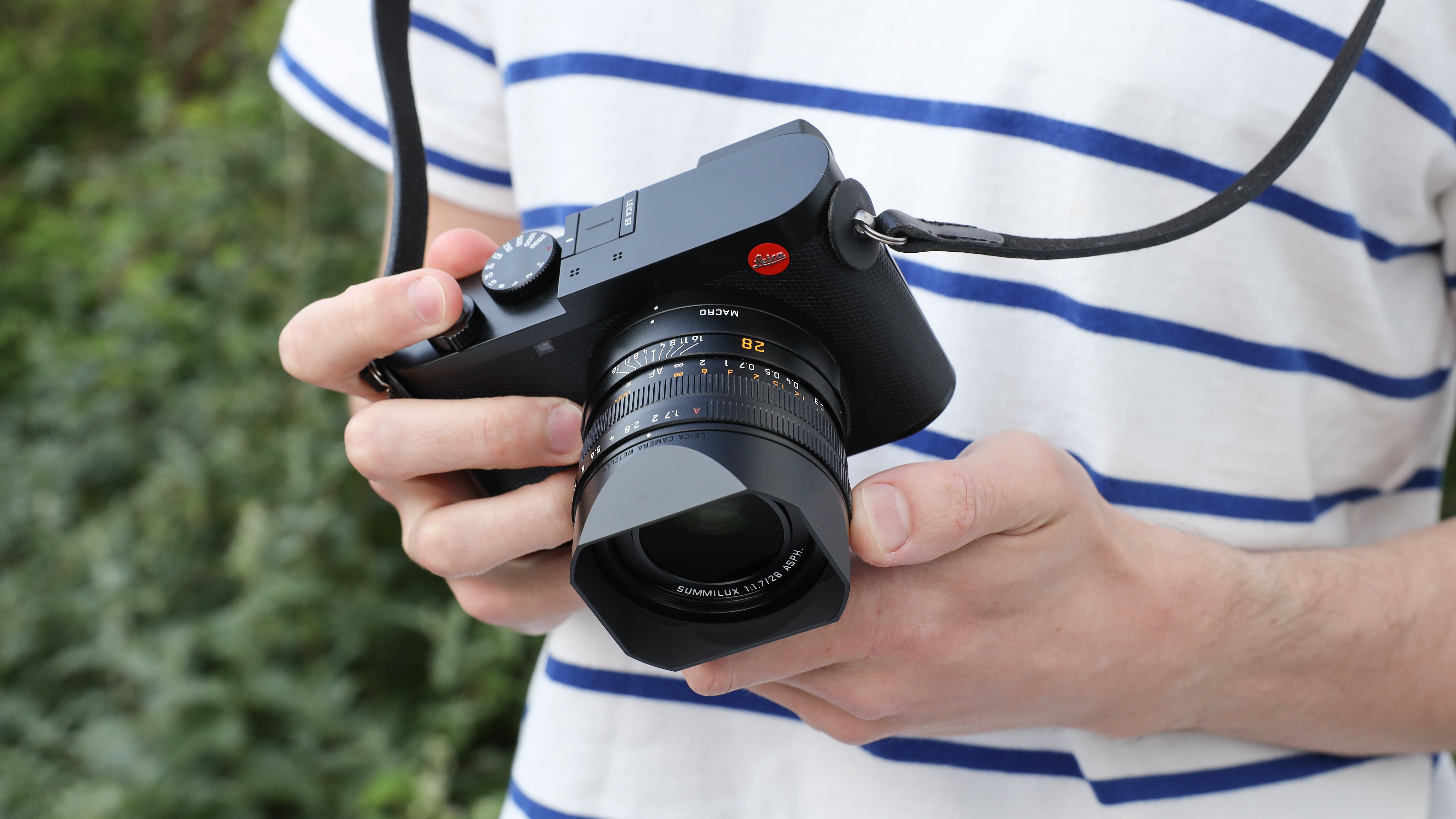
Specifications
Reasons to buy
Reasons to avoid
✅ High-res sensor: impressive 60MP sensor delivers breathtaking image quality.
✅ Excellent for street photography: The camera is highly recommended for the pleasure of walking around and shooting
❌ Image size reduction with digital zoom: Using the crop feature, you lose image size, which impacts the quality of the image.
❌ Poor animal detection: The animal detection technology is lacking, often misidentifying inanimate objects as animals during testing.
The Leica Q3 is one hell of a camera. The images from the 60MP sensor are breathtaking, with Leica processing effectively making every shot a keeper. While the lens is fixed at 28mm, Leica’s digital crop feature enables you to zoom in digitally at fixed levels; you lose image size as you ‘zoom’, but it does make the camera feel most versatile in the field,
The autofocus system is rapid and responsive for zone focusing, with accomplished human and eye detection technology. However, we found during testing that the animal detection technology was poor, seemingly identifying more inanimate objects than animals. That aside, I reckon the Leica Q3 might be the best camera you can buy for the pleasure of walking around and shooting, irrespective of its premium price.
Read more: Leica Q3 review
Full-frame compact camera with longest lens

Specifications
Reasons to buy
Reasons to avoid
✅ High-res sensor: Same impressive 60MP sensor as the Q3
✅ You want a longer lens: the 43mm lens is less wide-angle than the Q3's 28mm, which some will prefer for street and travel photography
❌ Handling: Uncomfortable to hold without additional grip (sold separately)
❌ Poor autofocus: The AF is outperformed by most other brands
The Leica Q3 43 breaks the mold of the Q series by offering a longer 43mm lens - that gives more of a standard angle of view than the others in the range. For some, this will be a more attractive option for general photography, and for use on the street. The sensor offers the same super-high 60-megapixel resolution of the Q3.
In our tests, we found that the less-wideangle view offered by this latest member of the Q family suited our photography better. And thanks to the 60-megapixel resolution and the crop modes you can use this camera successfully to take medium telephoto images - even with an effective 150mm. We still struggled with the ergonomics - as despite the beauty of the design, the camera doesn't offer a chunky-enough grip to hold comfortably.
See our full Leica Q3 43 review
Best budget full-frame compact camera

Specifications
Reasons to buy
Reasons to avoid
✅ Variable Optical Low-Pass Filter: world’s first variable optical low-pass filter allows users to switch its effects on or off, optimizing detail while minimizing the risk of moiré patterns.
❌ Non-touchscreen: The rear screen isn’t touch-sensitive, which is a drawback given modern camera expectations.
❌ Poor battery life: The camera’s impressive features come at the cost of battery life, making a spar battery essential.
The second-generation RX1R is getting on now (it was launched in 2015, and can nowadays only be bought secondhand), but its 42.4MP resolution is still impressive today. The sensor boasts the world’s first variable optical low-pass filter, which can switch its effects on or off depending on your shooting subject, maximizing detail without increasing the risk of moiré patterning.
The sensor is paired with a 35mm fixed focal length Zeiss Sonnar T* lens with an f/2 maximum aperture. It all comes together to produce stunning image quality with amazing detail and nicely saturated colors.
All this does take its toll on battery life, though - a second battery is a must. Other annoyances are a lack of optical image stabilization, and the rear screen isn't touch-sensitive. You do, however, get an electronic viewfinder that retracts into the camera body, and there’s a fast hybrid autofocusing system.
Read more: Sony RX1R II review
Best full-frame compact for black-and-white
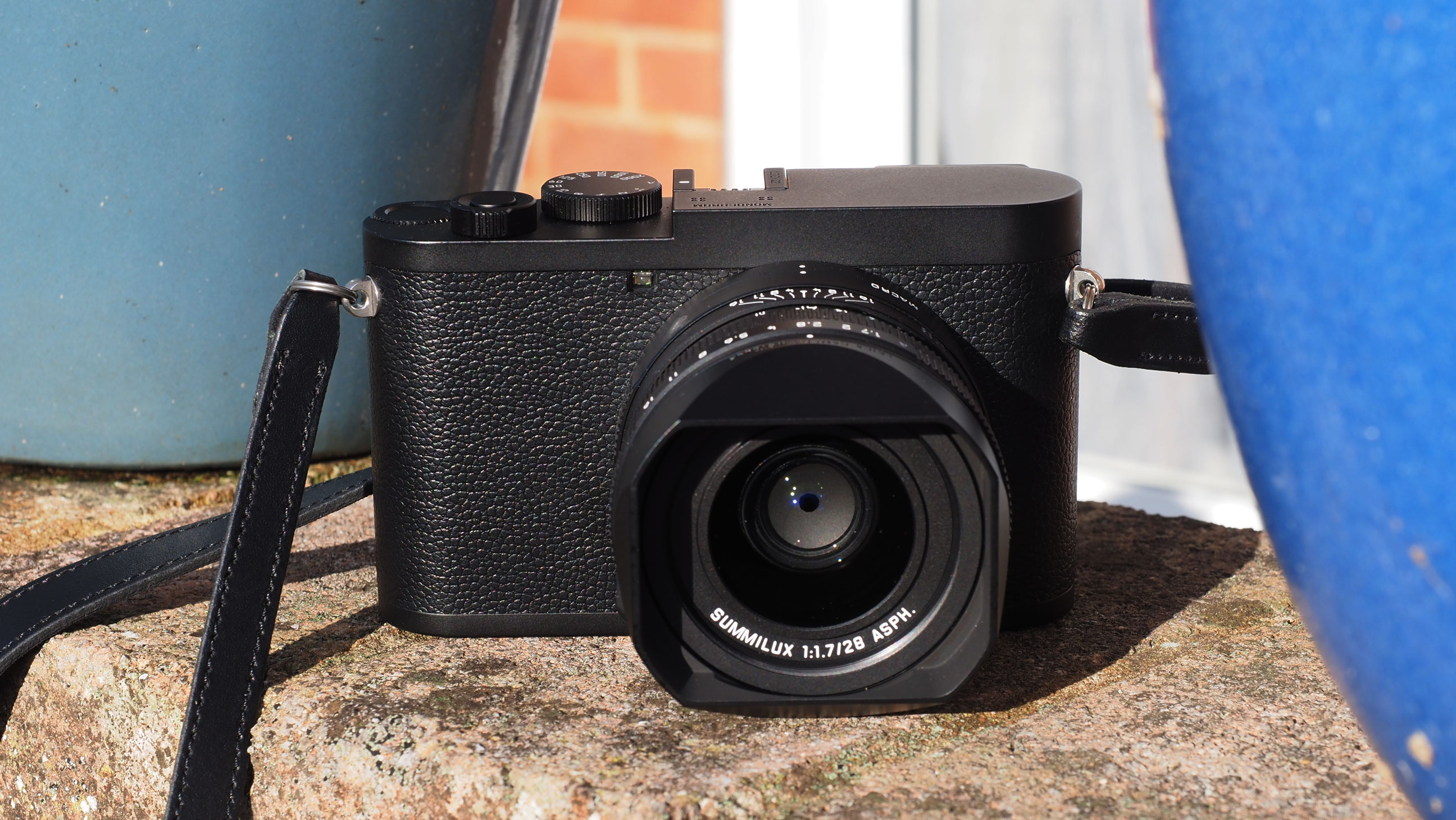
Specifications
Reasons to buy
Reasons to avoid
✅ Dedicated monochrome sensor: The Monochrom is designed exclusively for black-and-white photography
❌High price: The Q2 Monochrom comes with a significant price tag, which may seem steep for a camera that only shoots in black and white
❌ No color capability: may be limiting for those who prefer the versatility of shooting in both color and black and white.
The Leica Q2 Monochrom is basically the exact same camera as the original Leica Q2, with one crucial difference. Can you guess what it is? We bet you can.
That's right: the Leica Q2 Monochrom has no color filter array, and so is categorically incapable of capturing images in color. Black and white is all you get, and we'll be honest, shooting with this thing is a joy. It's a streamlined experience that gets you thinking about light and shade, while the combination of the Q2’s f/1.7 lens and impressive high-ISO performance means the camera performs like a dream in low light.
You could argue that a four-figure price tag is a bit much for a camera that shoots only in monochrome – but if you're going to argue that, you were never the target audience for this camera anyway. For those who have the resources and inclination to buy a Leica Q2 Monochrom, you absolutely will not be disappointed.
Read more: Leica Q2 Monochrom review
Toughest full-frame compact camera
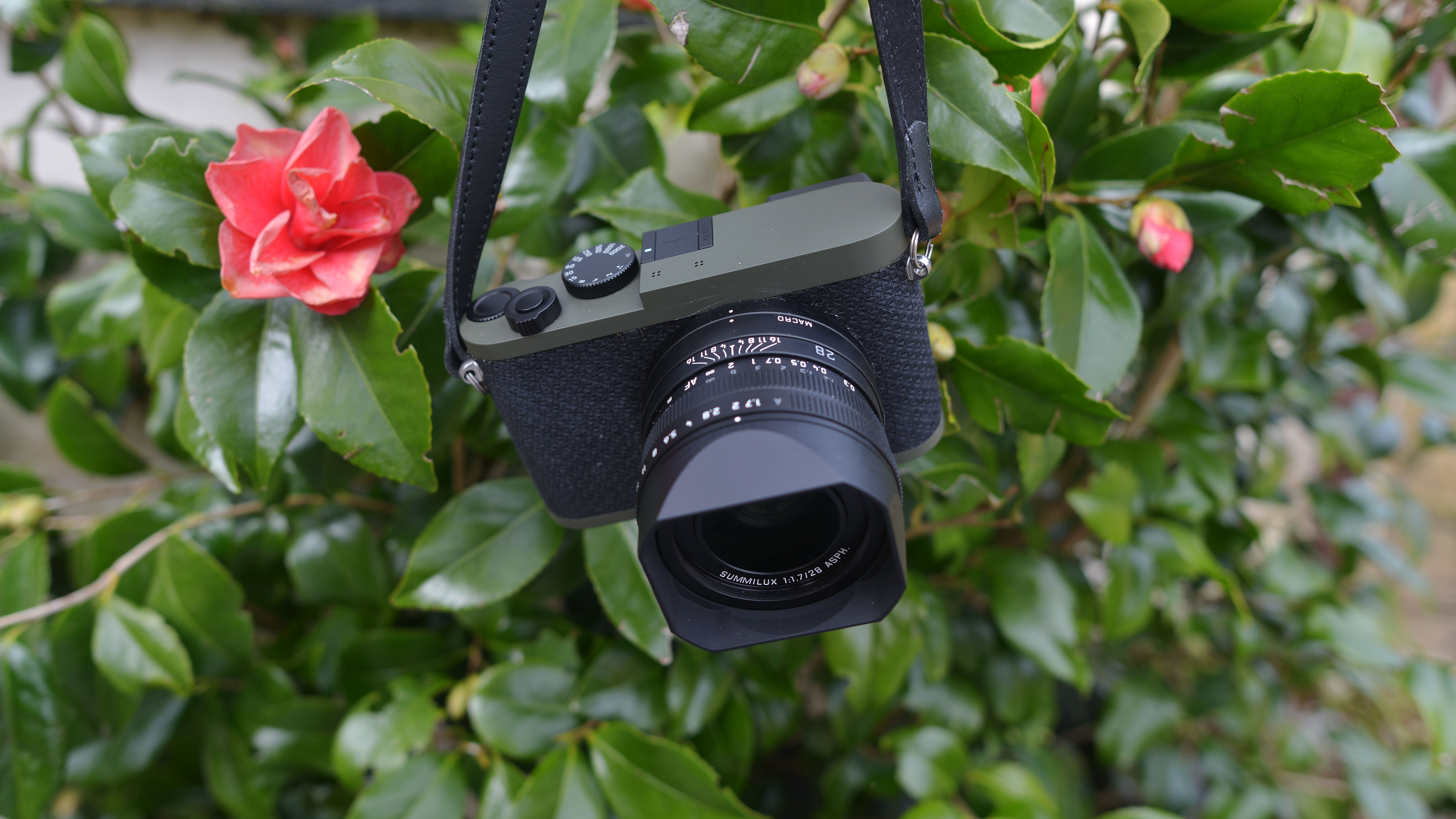
Specifications
Reasons to buy
Reasons to avoid
✅ Durable design: Designed for photojournalists, the Q2 Reporter is built to be robust with a Kevlar fabric grip
✅ Discreet appearance: The muted safari green body and the absence of Leica's iconic red-dot logo make the camera less conspicuous
❌ Niche appeal: The Q2 Reporter may appeal primarily to photojournalists and collectors, rather than the broader photography community.
The Q2 Reporter is a limited-edition variation of the Q2 we cover above, with the same technical specs. Celebrating Leica’s popularity with photojournalists, it’s designed to be hard-wearing and unobtrusive: Leica’s famous red-dot logo is missing, and the body is a muted safari green rather than black.
The Q2’s leather grip area is now Kevlar fabric, which gets grippier the more you use the camera. Like the original Q2, the Reporter is dust- and water-resistant.
With no real advantage over the normal Leica Q2, this model may well primarily appeal to collectors.
Read more: Leica Q2 Reporter review
How to choose the best full-frame compact camera
What makes a full-frame compact camera different from other cameras??
Compact camera is the catch-all term for any camera with a small lens that is fixed to the body – in other words, you can’t swap the lens like you can with a DSLR or mirrorless system camera. The lens’s focal length is typically relatively short.
A select few compact cameras also have full-frame image sensors, which are larger than the APS-C or smaller sensors in most compacts.
This distinctive combination gives you the convenience of a fixed-lens camera, where you feel free to just pick up and shoot, with the image quality of a high-end interchangeable-lens camera.
Which types of photography are full-frame compacts suited to?
The relatively short focal length of their lenses makes full-frame compacts appropriate for a wide variety of photo genres, but particularly the spontaneous styles of street photography and and reportage. Their wide fields of view and wide apertures also suit the needs of many videographers.
How do I choose the best full-frame compact for me?
With only a few choices and a wide variation in price, your budget will play a big part in your decision. Consider too the key technical specs, and whether you really need the mighty image size offered by the Q3.
How we test cameras
We test cameras both in real-world shooting scenarios and in carefully controlled lab conditions. Our lab tests measure resolution, dynamic range and signal to noise ratio. Resolution is measured using ISO resolution charts, dynamic range is measured using DxO Analyzer test equipment and DxO Analyzer is also used for noise analysis across the camera's ISO range. We use both real-world testing and lab results to inform our comments in buying guides.
Find out more about how we test and review on Digital Camera World
Get the Digital Camera World Newsletter
The best camera deals, reviews, product advice, and unmissable photography news, direct to your inbox!

For nearly two decades Sebastian's work has been published internationally. Originally specializing in Equestrianism, his visuals have been used by the leading names in the equestrian industry such as The Fédération Equestre Internationale (FEI), The Jockey Club, Horse & Hound, and many more for various advertising campaigns, books, and pre/post-event highlights.
He is a Fellow of the Royal Society of Arts, holds a Foundation Degree in Equitation Science, and holds a Master of Arts in Publishing. He is a member of Nikon NPS and has been a Nikon user since his film days using a Nikon F5. He saw the digital transition with Nikon's D series cameras and is still, to this day, the youngest member to be elected into BEWA, the British Equestrian Writers' Association.
He is familiar with and shows great interest in 35mm, medium, and large-format photography, using products by Leica, Phase One, Hasselblad, Alpa, and Sinar. Sebastian has also used many cinema cameras from Sony, RED, ARRI, and everything in between. He now spends his spare time using his trusted Leica M-E or Leica M2, shooting Street/Documentary photography as he sees it, usually in Black and White.
